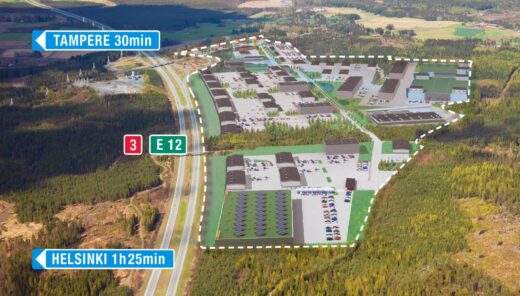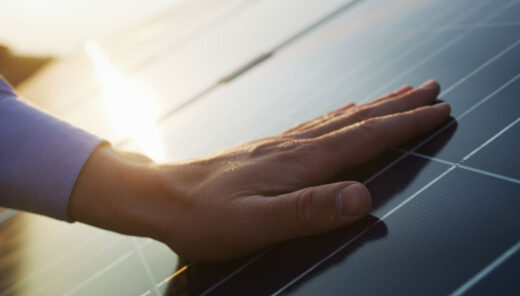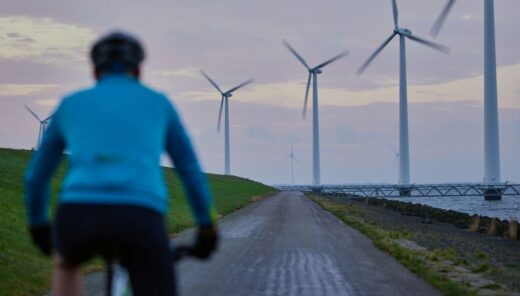Towards an energy-sustainable society with solar energy
Solar power in Finland is contributing to the transition towards low-emission energy production. Technological development, falling costs and climate goals have together accelerated the spread of solar power in Finland, although its location in the north poses its own challenges.
The page was published on September 9, 2025.
Solar power in Finland – summary:
- Solar power supports the green transition as a low-emission form of electricity production.
- Solar electricity can be produced close to consumption, which can reduce transmission losses and support regional self-sufficiency.
- Seasonal fluctuations in production require storage solutions and flexibility in the electricity system.
- Technological developments have improved the efficiency of systems and reduced investment costs.
Solar power in Finland – a complementary part of the renewable electricity system
Solar power is one of the technologies that is promoting a low-emission electricity system. In Finland, its production is mainly in the spring and summer seasons, when there is plenty of daylight. This makes solar power temporallywind power a complementary form of generation, which improves the balance of the electricity system. When solar power is combined with energy storage and smart grid technologies, it improves the flexibility of the electricity grid.
Solar panels can be installed in many different ways on buildings and land across Finland, enabling electricity production close to consumption. This reduces the need for electricity transmission and supports regional self-sufficiency.Small-scale solar power systems are technically easy for the user to implement, but large-scale deployment requires adaptation of the electricity grid.
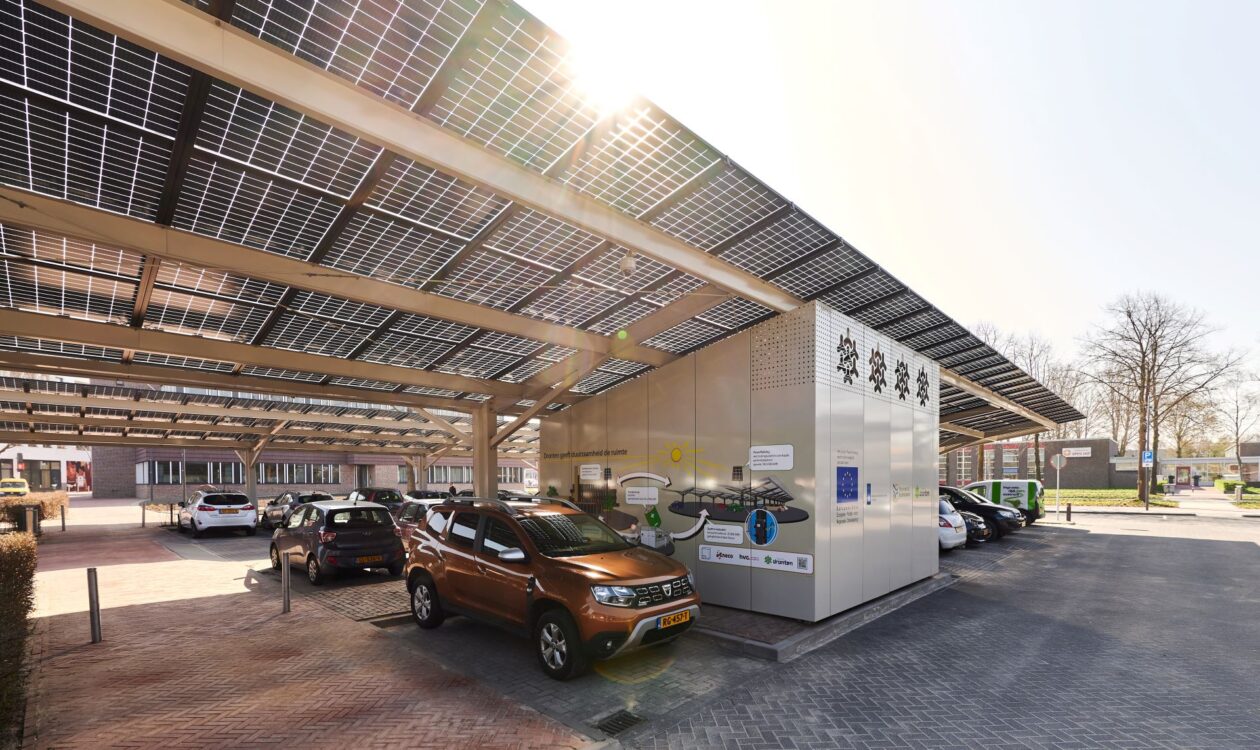
Solar energy in Finland – conditions and opportunities
Finland’s northern location places limitations on the amount of annual solar energy production, but it offers an excellent addition to electricity production in the spring–autumn season. The relatively cool climate and long, bright summer days support the operation of solar panels. Modern panels produce electricity in diffuse light and even on partly cloudy days. In spring and winter, light reflected from snow can even increase production if the panels are installed at the right angle.
Solar power generation is most efficient when the panels are positioned correctly, for example on a south-facing, sloping roof or in an open, unobstructed environment. The roofs of large properties and production facilities, such as warehouses, commercial and industrial buildings and agricultural facilities, offer particular potential, where electricity consumption is typically high precisely when solar energy is available.
Solar power in Finland – a snapshot
The role of solar power in Finnish electricity production has grown in recent years.
Total capacity:
- At the end of 2024, the total capacity of solar power in Finland was approximately 1,200 MW, or 1.2 GW, which corresponded to 1.4% of Finland’s total electricity production.
The share of industrial-class power plants, i.e. power plants with a capacity of more than 1 MW, was approximately 120 MW.
Small-scale production constituted approximately 1,080 MW, i.e. by far the largest part of the capacity. - For comparison, the total capacity of wind power in Finland was over 8,300 megawatts at the end of 2024, or approximately seven times that of solar power.
- New installations 2024: In 2024, approximately 200 megawatts of solar power were installed.
- Growth forecasts and development: According to Fingrid, the planned projects could increase capacity to up to 16 gigawatts by 2035.
Source: Finnish Renewables, 2024 / Fingrid, 2024
Benefits of solar power
1. Low emissions, life cycle sustainability and environmental benefits
Solar power is virtually emission-free during production: electricity is generated without direct carbon dioxide emissions, and the use of solar panels does not cause noise, waste or water impacts. However, the production of solar panels consumes energy and raw materials such as silicon, aluminum and glass. Still, the life cycle emissions of solar power are significantly lower than those of fossil fuel-based energy production.
Technological developments are continuously reducing these impacts. New manufacturing methods, such as the use of thinner material layers and the utilization of recycled materials, reduce the carbon footprint of the panels. At the same time, the service life of the panels is extended and recyclability is improved.
2. Decentralization and democratization of energy production
Solar power enables energy production for households, municipalities and companies. This means that more and more operators can produce electricity either for their own use or distribute surplus to the grid. The scalability of solar power makes it suitable for various locations around Finland, from single-family homes and farms to commercial, logistics and industrial properties.
Decentralized and local electricity production can also improve security of supply. Especially in disruptions or crises, own production can secure part of the electricity supply, making energy infrastructure more sustainable.
3. Economic stability and investment predictability
Because solar energy does not require fuel, it is not dependent on world energy prices. Investment in solar power is by its nature upfront: most of the costs are incurred during the acquisition and installation, but operating and maintenance costs typically remain low.
Solar power challenges
1. Seasonality of production
Finland’s northern location makes solar power generation seasonal: the majority of production occurs in the spring and summer months. To manage this temporal imbalance, advanced energy storage solutions, such as batteries or thermal storage, as well as flexible consumption and control systems are needed.
2. Network capacity and technical compatibility
While distributed solar power offers significant benefits, such as the potential for more self-sufficient electricity generation and lower transmission losses, its rapid expansion can place a strain on the local electricity grid. Especially on sunny summer days, production can exceed consumption, which can lead to voltage problems without smart load management and sufficient grid investments.
3. Land use, landscape and biodiversity
Solar panels can be placed on buildings without significant land use impacts, but large solar parks require large areas of land, which can cause conflicts with agriculture, recreation or nature conservation. Landscape impacts can be reduced by designing the park in a way that respects the environment. Since the solar power plant is only about five meters high, it is possible to blend into the environment with careful landscape design.
Solar power, solar electricity or solar energy?
Solar power, solar electricity or solar energy?
When talking about renewable energy, the terms solar power, solar electricity, and solar energy are often used interchangeably. Although they are closely related, they have different meanings:
- Solar energy: A general term for energy derived from the sun. It encompasses all ways of utilizing solar radiation for energy production.
- Solar power: A practical term that refers to the production of electricity using solar energy. Includes both small-scale and industrial-scale electricity production using solar panels.
- Solar electricity: A term for electricity generated using solar panels. It refers specifically to the generation of electricity, not heat.
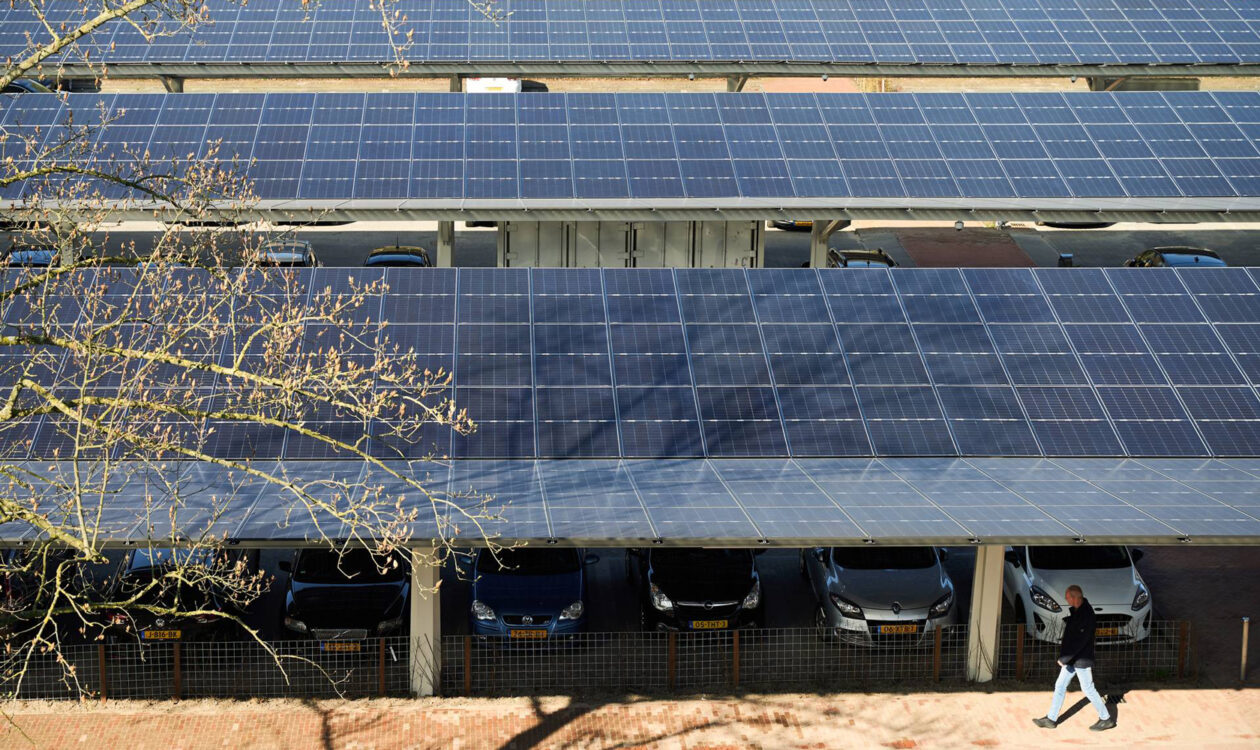
Developments in solar power technology
Solar power technology is developing rapidly. New cell solutions can also utilize light from the back of the panel. Building-integrated solutions allow solar panels to be attached directly to building materials, such as facades and windows. The panels are available in several different surface textures and color options, making it easier to integrate them into the architecture of buildings.
Advances in battery technology are enabling increasingly efficient electricity storage. Hybrid solutions, such as solar-wind-battery solutions, are providing a more stable energy supply.
Artificial intelligence is increasingly being used to improve equipment maintenance, predict production, and manage electricity consumption, helping to run systems more efficiently and reduce overall costs.
Sweco as a partner for solar power solutions
We support you throughout the entire life cycle of your solar power project: from initial studies and profitability calculations to technical dimensioning, grid connection and implementation planning.
Together we ensure that solar power becomes a functional part of the overall solution.
Contact us!
Sources:
https://energiavirasto.fi/-/aurinkosahkon-tuotantokapasiteetti-nousi-1000-megawattiin
https://energiavirasto.fi/-/aurinkosahkon-pientuotanto-kasvoi-voimakkaasti-vuonna-2022
https://www.fingridlehti.fi/paistaako-paiva-teollisen-mittakaavan-aurinkosahkolle/
https://energiaa.vamk.fi/artikkelit/tulevaisuus/aurinkopaneelit-energianlahteena-suomessa/
https://suomenuusiutuvat.fi/aurinkovoimatilastot-2024/
https://suomenuusiutuvat.fi/aurinkovoimavuosi-2024-nopeaa-kasvua-ja-kirkkaita-kasvuennusteita/
https://sary.fi/ajankohtaista/artikkelit/auringon-pien-tuotanto-mittarin-sisaepuolella-lyoe-leiville
https://www.oulu.fi/en/blogs/science-arctic-attitude/potentiality-solar-energy-arctic
https://www.sperton.com/business-development/the-benefits-and-innovations-of-bifacial-solar-panels/
